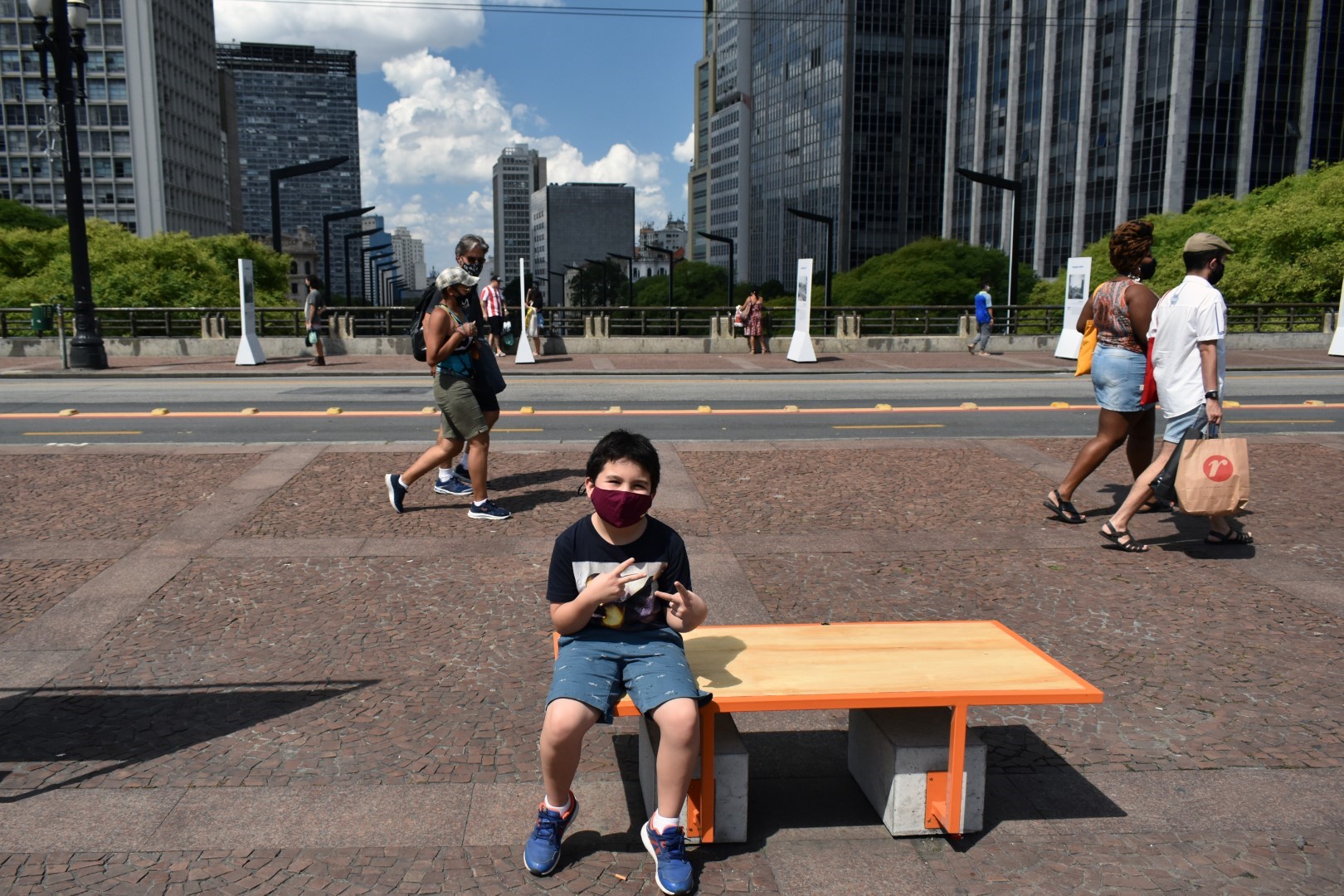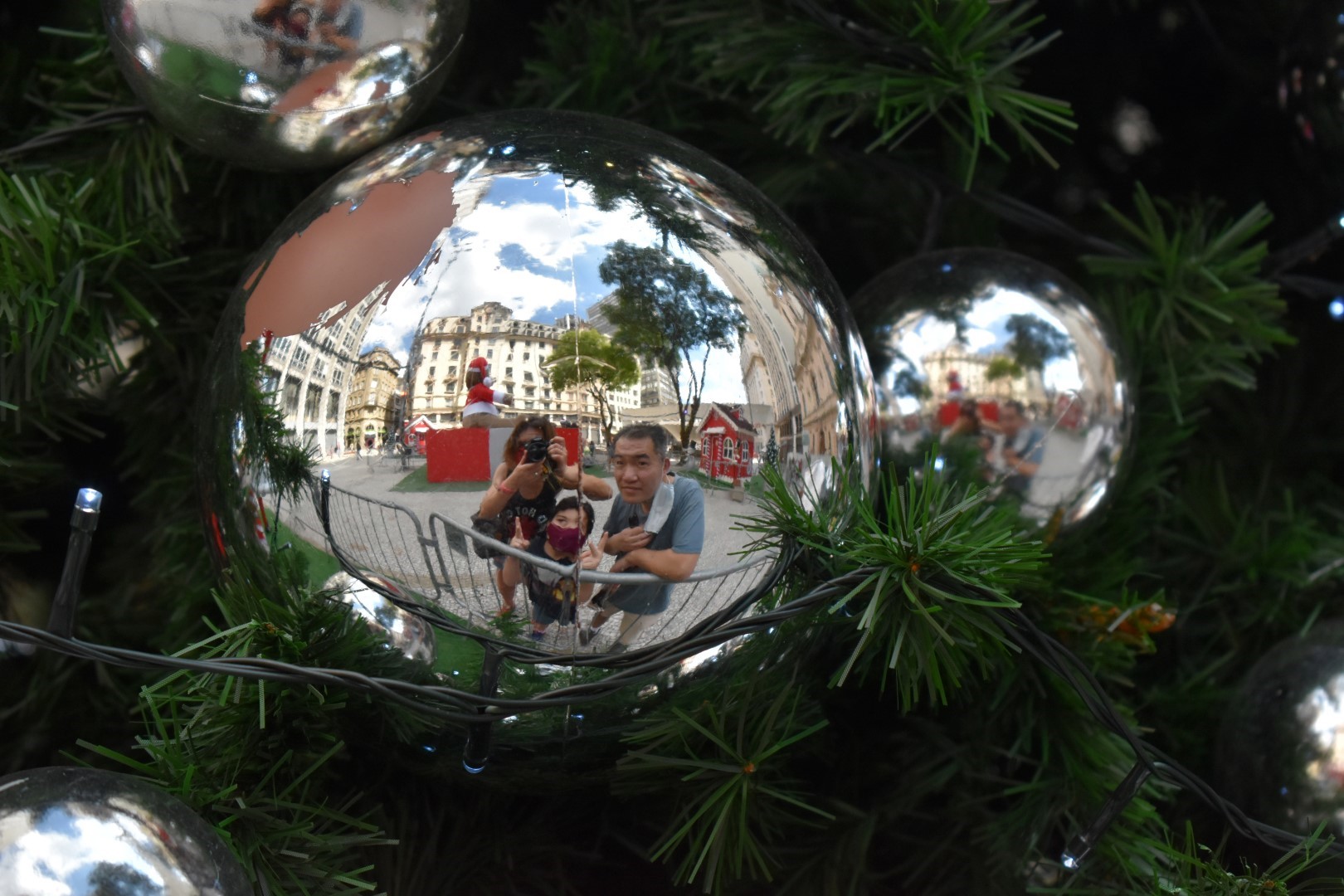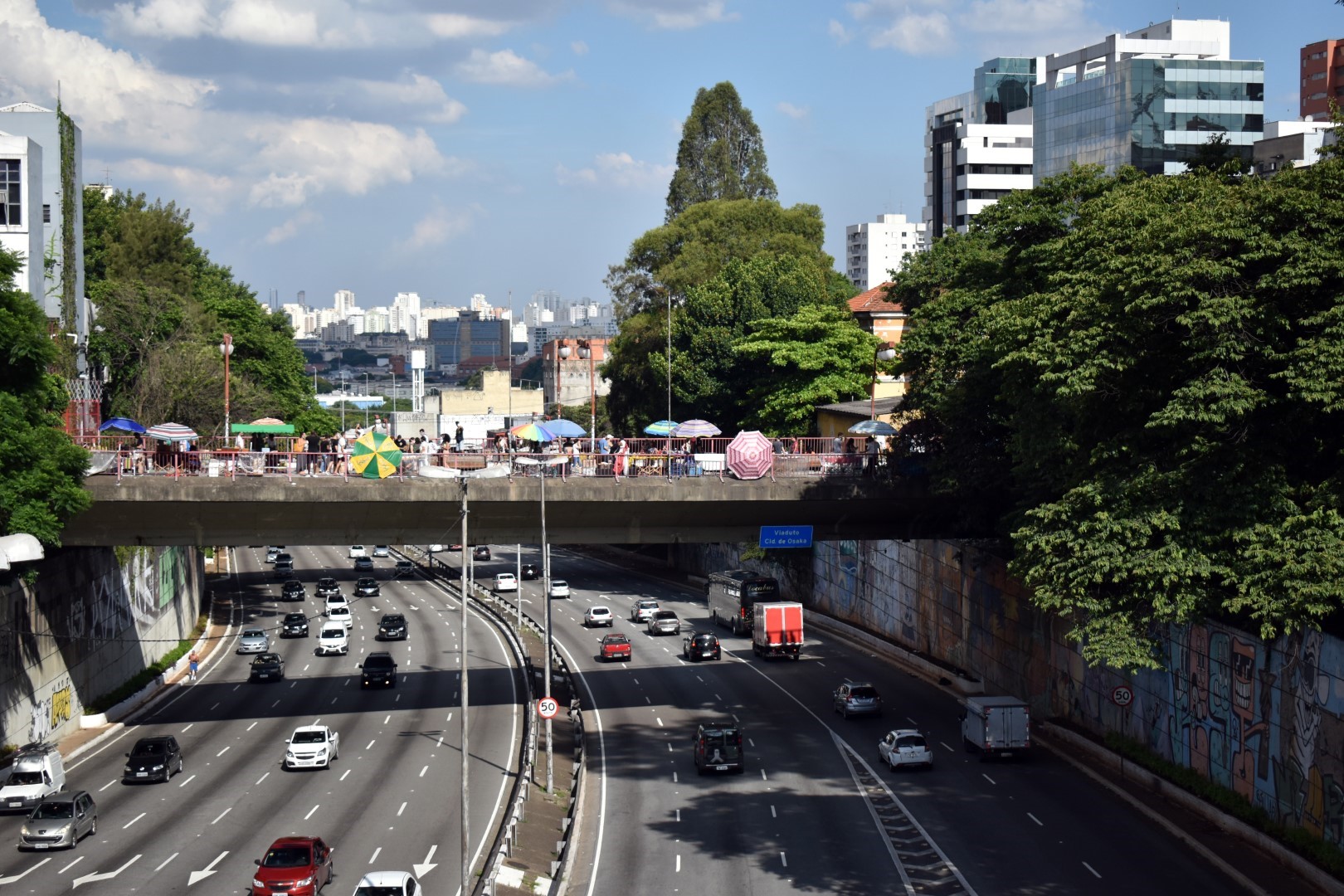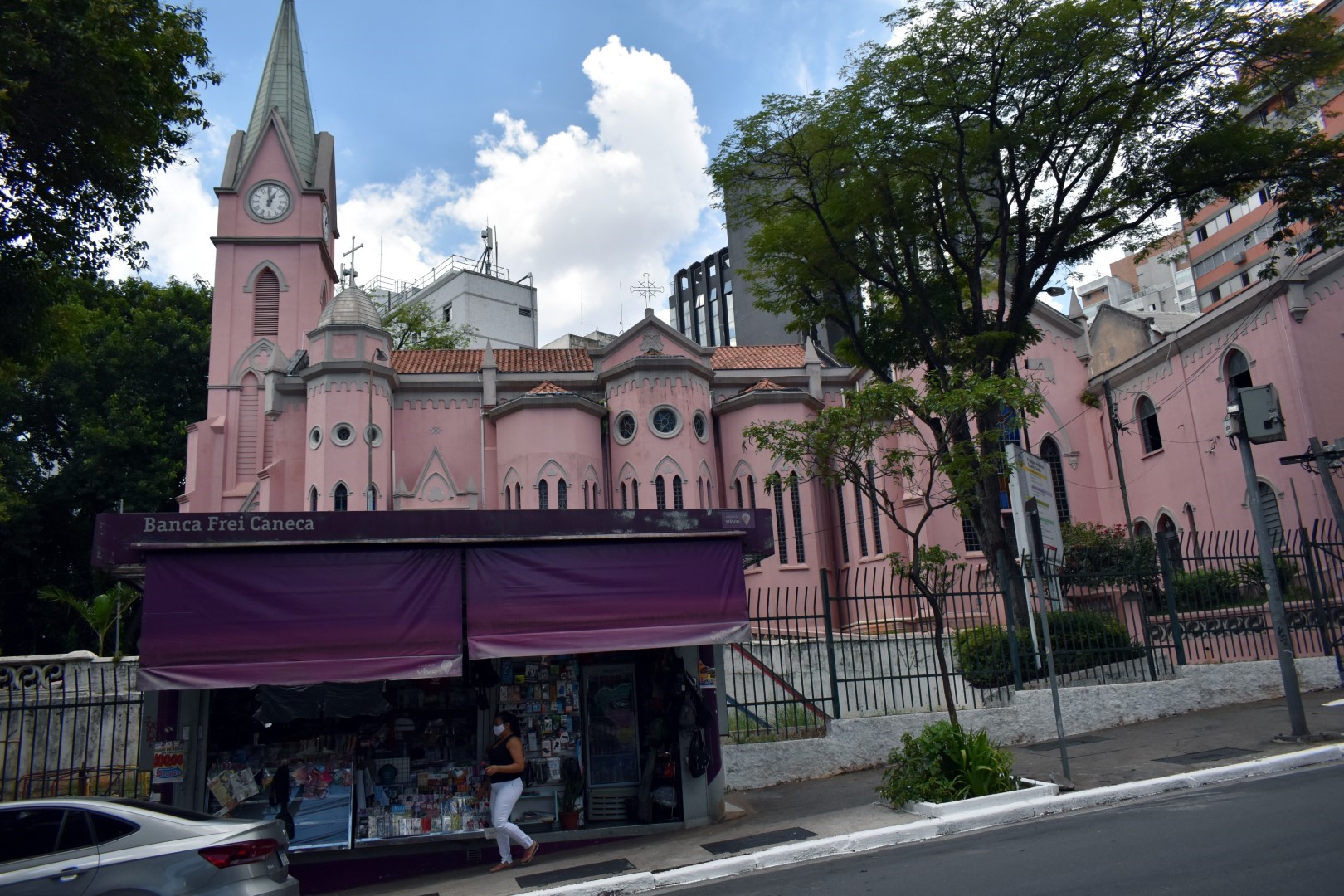“First person tested positive for COVID-19 in Brazil!” the Folha de São Paulo announced the morning I was leaving to Rio de Janeiro. It was February 27, 2020, and Carnival had just ended. I wasn’t surprised “the virus”—“COVID-19” sounded too technical back then—had reached South America. China was in trouble, Europe was in trouble, North America was in trouble. Meanwhile, South America’s biggest street party had just ended and Feng was asking me to bring back rubbing alcohol because Canada was apparently running out of antiseptic and, mysteriously, toilet paper.
“Phew, good timing to leave to Rio!” I remember thinking, as if I’d be safer than in São Paulo. And except for the fact everybody was stocking up on hand sanitizer, no one seems to be overly concerned with COVID-19 yet in Rio. I kept on partying like everybody else.
It’s hard to believe this was only nine months ago. Brazil was (is being) hit hard by COVID.
Everything changed … but to what extent?
Trying to assess risks and figure out what restrictions were in place was the toughest part of trip planning. Things are … complicated. Bolsonaro, the president, doesn’t believe in COVID, vaccination or restrictions. State governors think otherwise so COVID measures vary across states, regions, and cities.
And of course, as much as we would like life to be completely normal, there’s a reason why restrictions are in place—they help lower risks and manage a nasty pandemic.
We were basically hoping for easy access to groceries and freedom of movement, nothing too crazy.
São Paulo felt completely normal in this—hopefully temporary—new normal. Masks are worn pretty much everywhere, definitely indoors and very often in the street. I think it’s technically mandatory but most people also seem to use common sense, mask on in busy streets, and mask off in empty streets.
The country’s GDP must have been spent on hand sanitizer—it’s everywhere, easily accessible. And if you forget to sanitize your hands, someone will spray it for you.
Another novelty is temperature checks. Everywhere you go—malls, supermarkets, restaurants, etc.—you show your wrist and discover whether you’re more like a 36.7⁰ or a 37.1⁰. Some malls and in all Carrefour Express even have fancy thermal screening systems (the latter must have been imported from France, none of them work…).
São Paulo went back to “yellow stage” before we arrived, so capacity is limited and no alcohol is served after 10 p.m., among other measures. However, things work … pretty smoothly. There aren’t huge lineups, for instance and even though half of the tables or seats must be left empty, you can always find a spot.
There are people around you. It’s Brazil, a country with … well, a lot of people. But not every street, every shop and every supermarket is crowded, there’s room to move around.
Mark and I got a haircut, we ate good food—combination of takeout and food courts—, I bought a new pair of shorts, we did the laundry and we even went to see a movie. Whatever we did, I felt pretty safe.
I feel lucky. If only it can stay this way, we can manage just fine.





























Wow, love the photos in this one. You have a good eye. The ornament and Christmas ones were cool. I loved the Cathedral; I went by it but did get a chance to go inside. Very cool. Have a safe and Merry Christmas.
We don’t actually go inside the cathedral very often, most of the time we skip it. Let’s face it, it’s not the best neighbourhood 😆
Like I said, you and my eldest have such similar travel plans … he’s off to Brazil on Boxing Day …. 🙂 Hope you have a fab time … and if you meet a very chatty Italian/English guy with a girlfriend from Sao Paolo …it’s probably him !!!
I’ll keep an eye out for him! I’m actually only half joking, the world is a small place and there aren’t many foreigners around. Where is he going? Sao Paulo?
If it can make you feel better, I find it okay here. Normal precautions apply but I don’t feel unsafe.